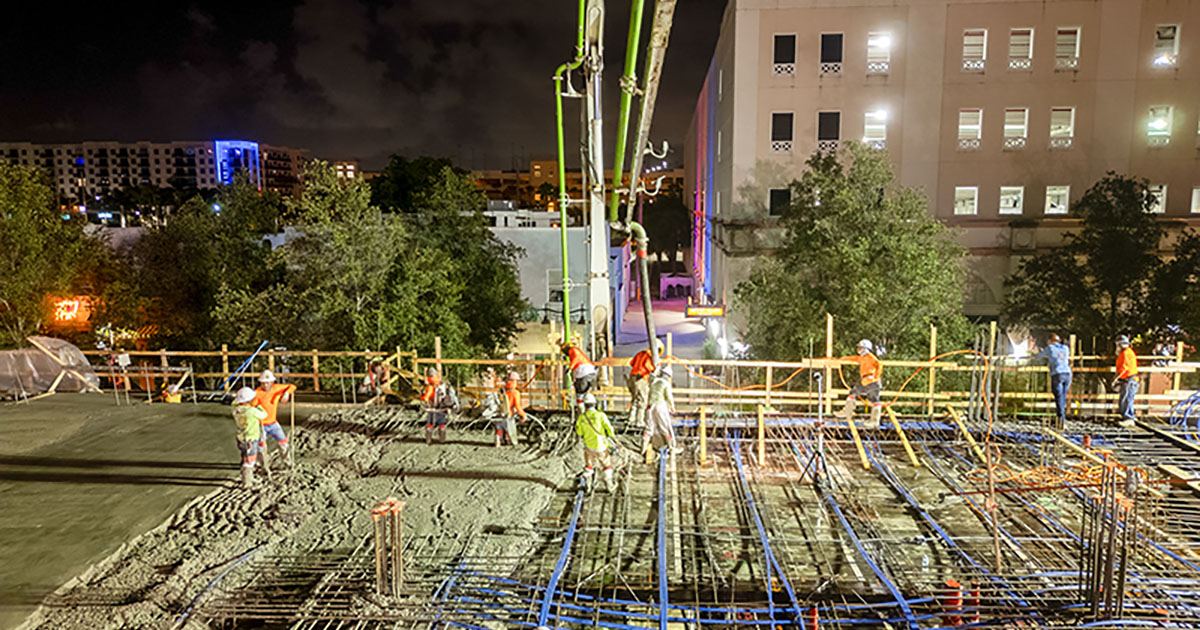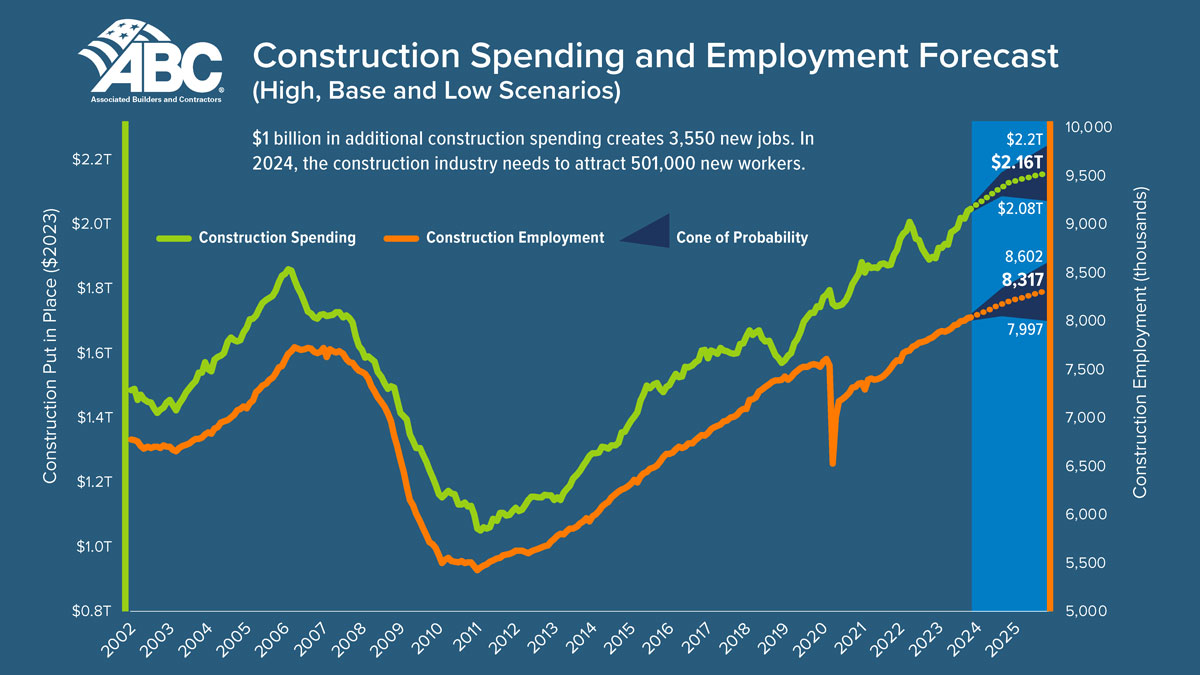
2024 Construction Workforce Shortage: How Companies Can Attract and Retain Talent

This shortage is being driven by a variety of factors, including high retirement rates, competition from other industries, and a lack of young workers entering the trades. As a result, construction companies are under increasing pressure to attract new talent while retaining their existing workforce.
In this article, we’ll examine the current state of the workforce shortage and explore practical strategies construction companies can use to overcome this critical labor gap.
1. Why the Workforce Shortage Persists in 2024
The labor shortage in the construction industry is not a new challenge. However, in 2024, several key factors are driving this shortage to critical levels:
- Retirement rates: More than 1 in 5 construction workers are over the age of 55, and many are expected to retire in the coming years. This creates a talent vacuum, particularly among experienced workers who hold valuable institutional knowledge.
- Competition from other industries: As other sectors of the economy, such as technology and manufacturing, continue to grow, they attract workers away from the construction trades, leaving a smaller talent pool for contractors to draw from.
- Cultural shifts: There is a growing reluctance among younger generations to pursue careers in construction, largely due to a lack of awareness about the benefits of working in the trades and the perception that such jobs offer less stability or prestige than other professions.
The ABC’s report highlights the ongoing need for approximately 501,000 new workers in 2024, with another 454,000 needed in 2025. These projections, coupled with historically low unemployment rates in the construction sector, mean companies must take aggressive steps to fill this gap.
2. Strategies to Attract New Talent
To address this shortfall, construction companies must rethink how they attract new workers. Here are some key strategies to consider:
1. Promote the Benefits of a Construction Career
One of the main barriers to attracting younger workers is the perception that construction jobs lack long-term growth potential. However, construction offers competitive wages, job stability, and opportunities for advancement.
Promote these benefits through targeted marketing campaigns that highlight:
- High earning potential: Construction workers often earn competitive wages, with many skilled trades offering salaries above national averages.
- Career growth opportunities: Emphasize clear career paths from apprenticeships to management positions. Many construction workers can transition from entry-level labor roles to higher-paying jobs such as project managers, estimators, or site supervisors.
- Job security: Given the sustained demand for infrastructure development and construction projects, there is long-term job security in this industry, particularly as older workers retire.
Using digital marketing, social media, and outreach programs, construction companies can reframe the narrative around careers in construction to appeal to younger generations.
2. Strengthen Apprenticeship and Training Programs
With the shortage of skilled labor growing, it’s critical for companies to invest in apprenticeship and training programs that quickly bring new workers up to speed. In 2024, the ABC is supporting over 800 apprenticeship programs across 20 occupations, providing a solid foundation for workforce development.
Key initiatives include:
- Government-registered apprenticeships: By partnering with government agencies and trade associations, companies can offer registered apprenticeship programs that combine hands-on training with classroom instruction.
- On-the-job training: Implement mentorship programs that pair new hires with experienced workers. This helps accelerate skill development while fostering a collaborative, supportive work environment.
- Upskilling programs: Provide ongoing training for existing employees to help them gain new skills and advance in their careers, increasing worker retention.
Offering structured learning opportunities not only attracts new workers but also helps retain employees by showing a commitment to their personal and professional growth.
3. Strategies to Retain Skilled Workers
Retaining skilled workers is just as important as attracting new talent. Construction companies need to create environments where employees feel valued and supported. Here’s how:
1. Offer Competitive Wages and Benefits
In today’s competitive job market, offering competitive pay is essential for both attracting and retaining top talent. Review your compensation packages to ensure they reflect market rates and consider offering bonuses or incentives for completing projects ahead of schedule or meeting performance goals.
Additionally, enhanced benefits such as health insurance, retirement plans, paid leave, and flexible work schedules can make your company more attractive to current and potential employees. In particular, offering retirement benefits can help retain older workers who may be considering leaving the workforce.
2. Prioritize Worker Safety and Well-Being
Creating a culture of safety is paramount in the construction industry. Workers want to know that their health and safety are top priorities on the job site. This means providing regular safety training, investing in modern equipment, and fostering an open environment where workers can report hazards or concerns without fear of reprisal.
In addition to physical safety, companies should focus on mental health and well-being. Offering support services, mental health days, or access to counseling can help reduce stress and burnout, making workers more likely to stay with your company long-term.
3. Recognize and Reward Employee Contributions
Employees who feel recognized and valued are more likely to stay with their employers. Implement employee recognition programs that celebrate milestones, such as project completions or years of service. Offering performance-based incentives, such as bonuses or extra vacation days, can also boost morale and encourage workers to remain with the company.
4. Addressing the Structural Factors
The ABC report underscores several structural issues contributing to the workforce shortage, including aging demographics, a lack of skilled workers, and insufficient immigration policies to fill labor gaps. To address these challenges, construction companies can advocate for broader industry-wide reforms.
1. Advocate for Immigration Reforms
Construction companies should join industry leaders in calling for immigration reforms that allow more skilled workers to enter the U.S. labor market. Expanding visa programs can help fill the gap in industries facing labor shortages, including construction.
2. Focus on Diversity and Inclusion
Increasing diversity in the workforce is another way to expand the talent pool. By actively recruiting women, minorities, and veterans, construction companies can tap into underrepresented groups that are often overlooked. Offering targeted training programs, mentorship, and inclusive work environments can make the industry more accessible and appealing to a broader range of workers.
Building a Sustainable Workforce in 2024
The construction industry’s workforce shortage is expected to continue into 2025, putting significant strain on companies trying to complete projects on time and within budget. However, by implementing a combination of strategic hiring practices, training programs, and retention initiatives, construction companies can mitigate the impact of this labor gap.
By investing in workforce development and addressing structural challenges, the industry can not only meet its current demand but also build a stronger, more sustainable workforce for the future.

